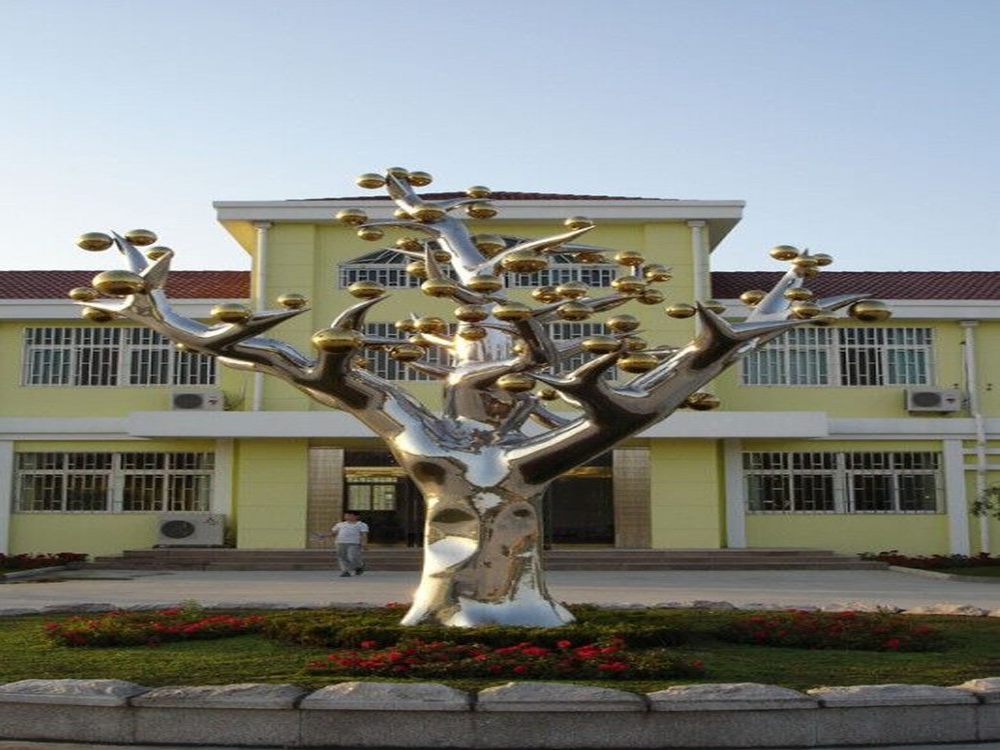
Porcelain sculptures, while beautiful, pose significant environmental challenges when discarded or broken. The primary concern lies in their non-biodegradable nature, as porcelain can take centuries to decompose in landfills. Additionally, the glazes and paints used often contain heavy metals like lead or cadmium, which can leach into soil and water, contaminating ecosystems. The energy-intensive production process further exacerbates their carbon footprint if not properly managed post-disposal.
To mitigate these impacts, several strategies can be implemented. Recycling is the most effective solution—crushed porcelain can be repurposed as aggregate in construction materials or ground into fine powder for new ceramic products. Artists and manufacturers should adopt lead-free glazes and eco-friendly firing techniques to reduce toxicity. For broken pieces that cannot be recycled, proper disposal at hazardous waste facilities prevents environmental contamination.
Consumers play a crucial role by supporting artists who prioritize sustainable practices and opting for durable designs to minimize breakage. Community programs that collect ceramic waste for upcycling projects also contribute to circular economy solutions. By combining responsible production, conscious consumption, and innovative recycling, the art world can significantly reduce the ecological footprint of porcelain sculptures.

